CSIRO’s AquaWatch technology ‘significantly boosted’ water quality monitoring needed to support aquaculture growth in Australia’s Spencer Gulf region
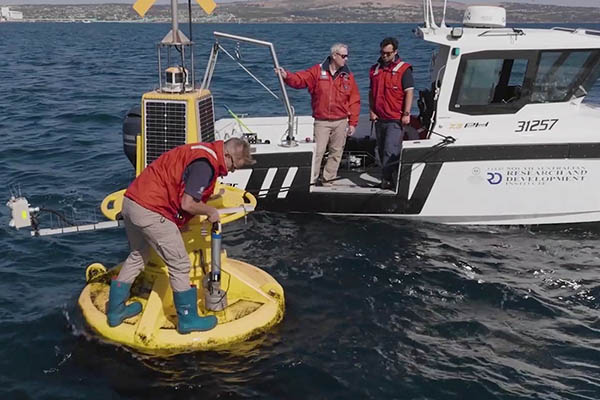
Australia’s national science agency, CSIRO, has completed initial testing of a “weather service” for water quality in the Spencer Gulf in South Australia – which provides much of the country’s seafood – with plans to use the technology in local seafood farms.
“The Spencer Gulf is called ‘Australia’s seafood basket’ for good reason,” said Nagur Cherukuru, CSIRO senior scientist. “The region’s aquaculture will put seafood on the table for thousands of Aussies these holidays, with the local industry’s production worth over $238 million (U.S. $156 million) a year.”
CSIRO’s AquaWatch Australia Mission combines data from water sensors and satellites before applying computer models and artificial intelligence to provide near-real-time water quality monitoring and forecasts.
“We are working hand-in-hand with CSIRO to harness data from satellites so we can better manage this very valuable resource,” said Andy Koronios, CEO of SmartSat CRC. “AquaWatch is establishing critical infrastructure through a state-of-the-art data system and national water sensor networks to help our country become more resilient to extreme weather and adverse marine events. The technologies and capabilities that we are developing for the nation will result in commercial opportunities in aquaculture, in fisheries and in making Australia a high-tech nation.”
The Spencer Gulf test site is the first in Australia to demonstrate the AquaWatch technology works, a milestone achieved in partnership with SmartSat CRC and the South Australian Research and Development Institute (SARDI). The team is now focused on collecting data to inform the area’s thriving aquaculture industry, which could warn them of harmful marine events such as algal blooms before they occur.
CSIRO research evaluates technologies to produce genetically protected, all-female shrimp
“We’re reaching out to the industry to be early adopters of AquaWatch, allowing them to monitor and forecast water quality as we build the system,” Cherukuru said.
According to SARDI oceanographer Mark Doubell, the AquaWatch partnership with CSIRO significantly boosted water quality monitoring needed to support the ecologically sustainable growth of aquaculture in the region.
“The delivery of real-time data and improved satellite observations on water quality provides new information that complements existing operational oceanographic models to inform on the ecologically sustainable use and development of our precious marine systems,” said Doubell.
Kirsten Rough, research scientist at the Australian Southern Bluefin Tuna Industry Association, said the Spencer Gulf is a great area for aquaculture because it typically has good water quality that makes for healthy fish. However, she explained that current water monitoring efforts need improvement.
“In certain conditions, algal blooms can form, which threaten our stock and can cause significant losses for the industry,” said Rough. “Whilst we do monitor water quality, it’s currently time-consuming and labor-intensive. Real-time monitoring means we can scale up surveillance and adjust feeding cycles. Early warning forecasts would allow for planning decisions like moving pens out of the way of harmful algae.”
CSIRO is inviting Traditional Custodians and industry partners to help co-design the next phase to extend water quality monitoring of the Spencer Gulf and deliver data to decision-makers and Elders.
Now that you've reached the end of the article ...
… please consider supporting GSA’s mission to advance responsible seafood practices through education, advocacy and third-party assurances. The Advocate aims to document the evolution of responsible seafood practices and share the expansive knowledge of our vast network of contributors.
By becoming a Global Seafood Alliance member, you’re ensuring that all of the pre-competitive work we do through member benefits, resources and events can continue. Individual membership costs just $50 a year.
Not a GSA member? Join us.
Author
Tagged With
Related Posts
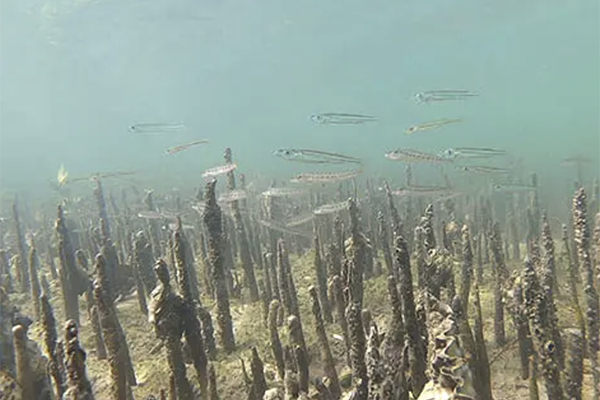
Responsibility
Shellfish reefs improve marine biodiversity in South Australia
Benefits of more shellfish include improved water quality from filter-feeding and providing habitat and nursery grounds for marine species.
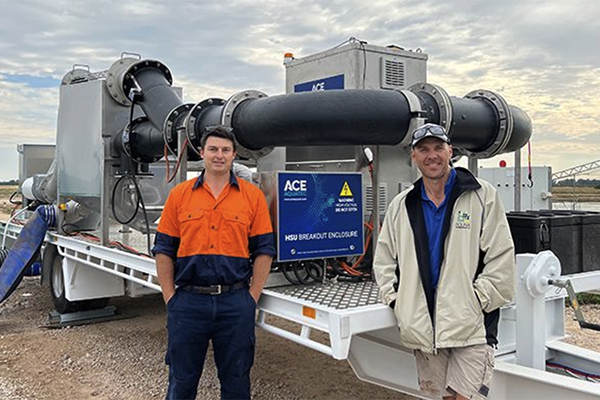
Health & Welfare
Trailer-mounted fish stunner ‘transforms’ operations for Australian Murray Cod producer
Aquna Sustainable Murray Cod report a "vast improvement" in welfare and efficiency since installing a trailer-mounted in-water fish stunner.
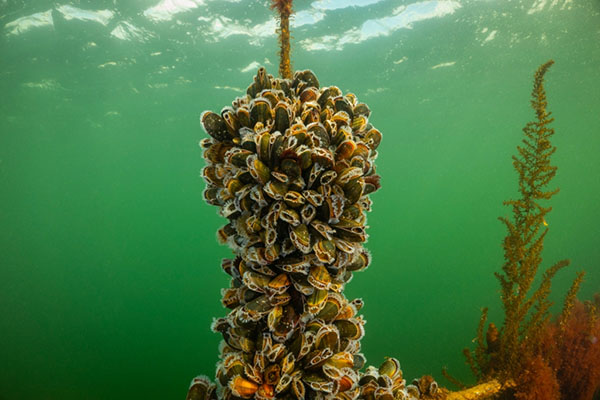
Responsibility
Community-focused research project to explore regenerative farming in Australian waters
A community-focused research project will explore the responsible growth of regenerative farming in waters off the New South Wales coast.
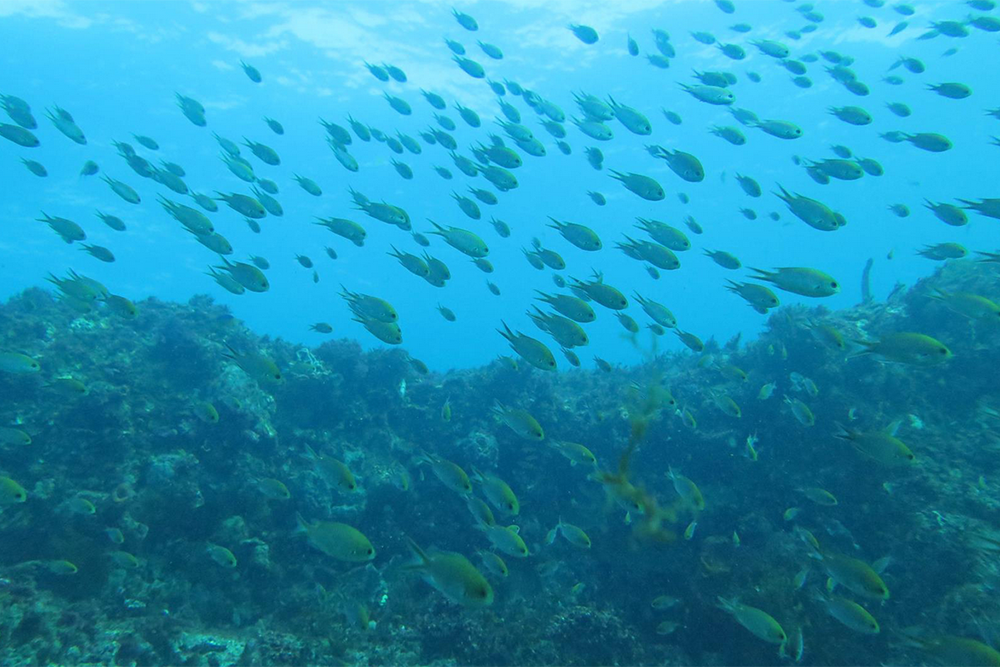
Fisheries
Comparing imaging sonar and optical camera technologies for estimating fish densities at artificial reefs
Study demonstrates the value of imaging sonar for quantifying fish communities, with limitations and recommendations for deployment in future surveys.



